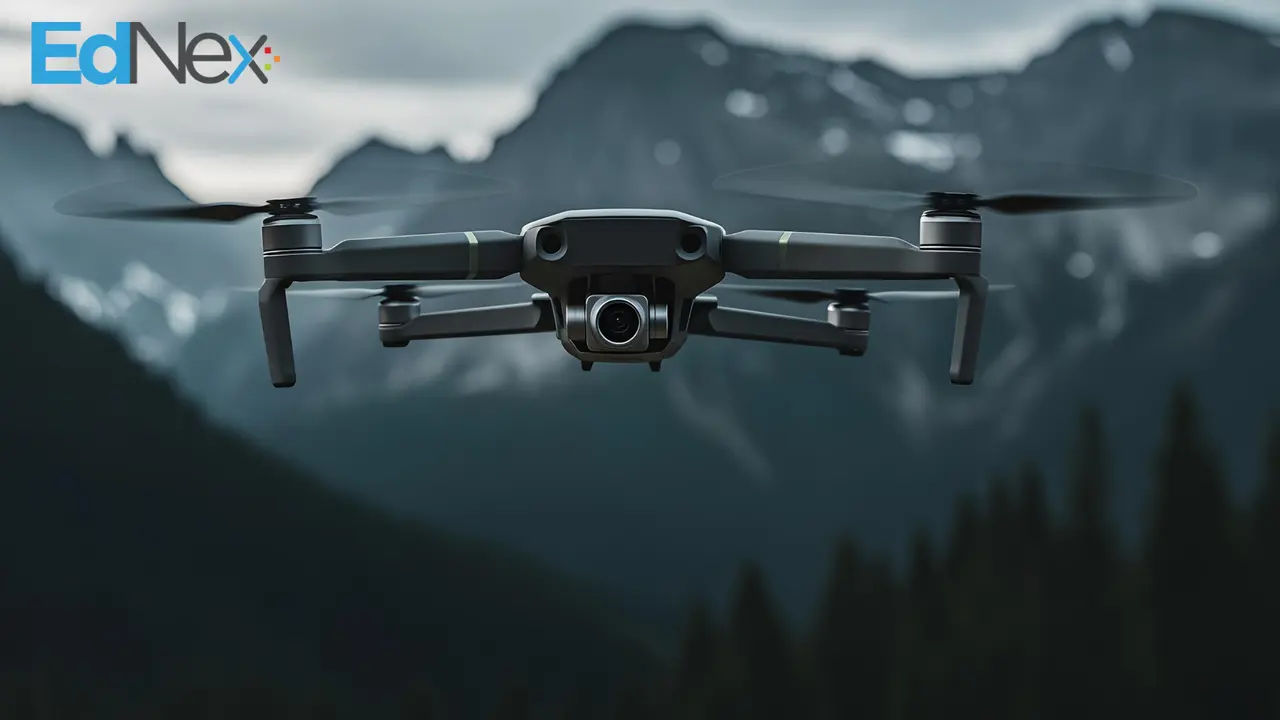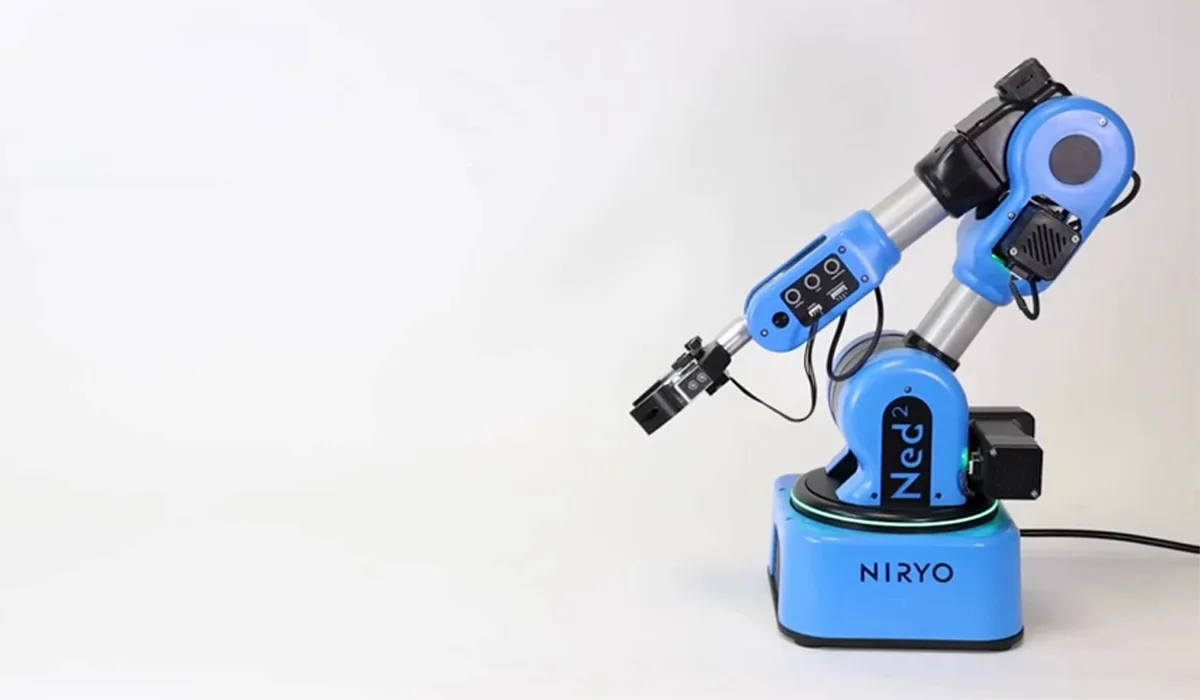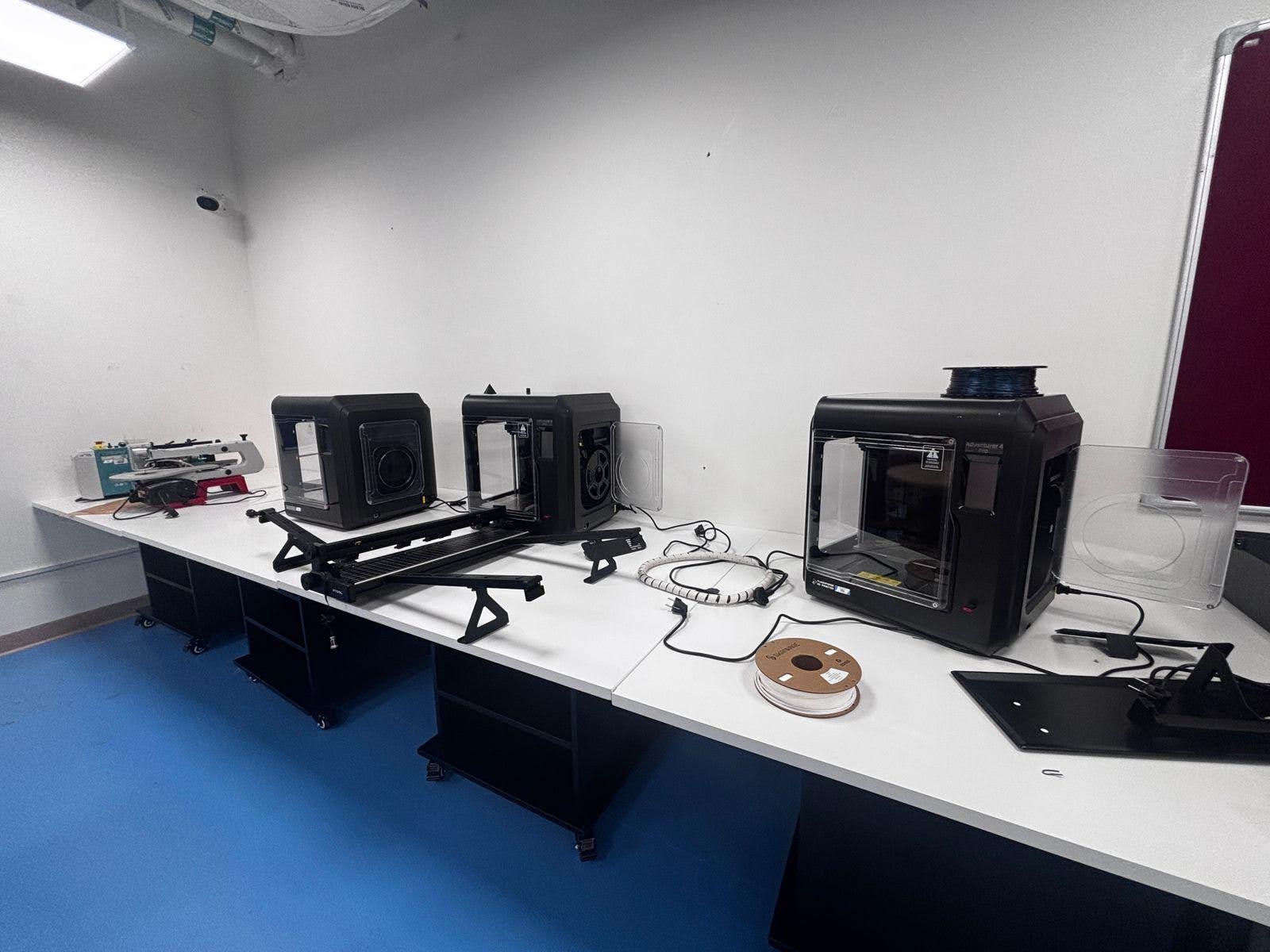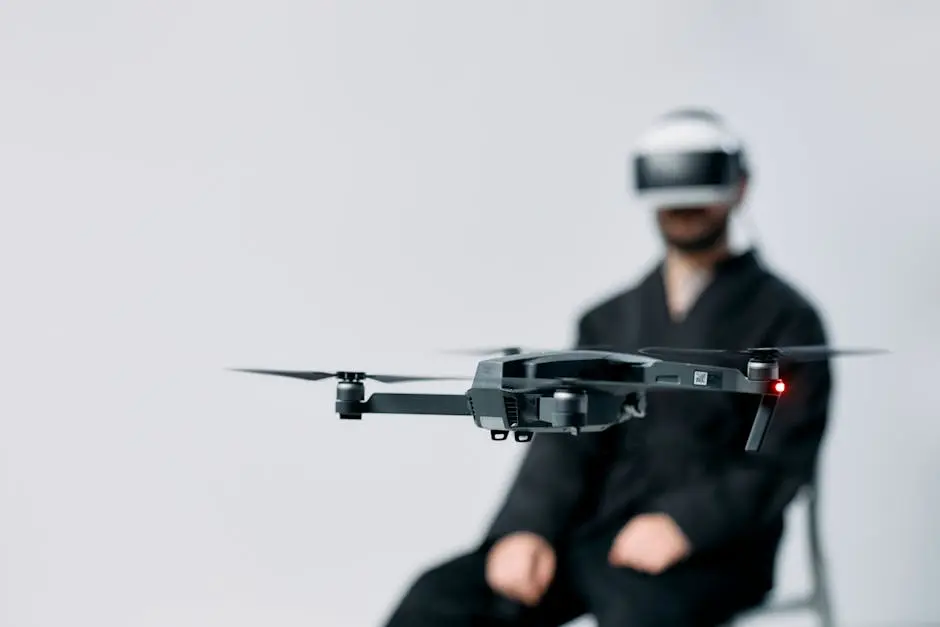
5 Reasons Drone-Based Cyber Training Belongs in Every University
In today’s hyperconnected world, cybersecurity is no longer just about protecting digital systems it’s also about securing the physical technologies that rely on them. One of the most critical (and often overlooked) components of modern cybersecurity is the drone a versatile tool now used in everything from military defence to logistics, agriculture, and surveillance.
As drones become more embedded in real-world operations, they also become high-value targets for cyberattacks. For universities and technical institutions preparing the next generation of cybersecurity professionals, this shift presents both a challenge and an opportunity.
Here’s why drone cybersecurity training isn’t just a futuristic concept it’s an essential part of the cybersecurity curriculum for universities today.
1. Cyber-Physical Systems Are the New Normal
Cybersecurity is no longer confined to servers and software. Drones, smart cars, home automation systems, and industrial sensors these are cyber-physical systems, and they’re increasingly at risk.
Students trained in conventional IT security may not be prepared to secure a drone from GPS spoofing, RF jamming, or wireless hijacking. Drone cybersecurity training introduces learners to this new paradigm, ensuring they can defend both data and the devices that depend on it.
2. Real-World Threats Demand Real-World Simulations
Classroom theory can only go so far. To prepare for real cyber-physical attacks, students need hands-on experience.
Marcraft’s Cybersecurity for Drones program provides just that. Using real UAVs, students simulate attacks like:
- Wi-Fi-based signal interception
- Protocol injection and command hijacking
- Unauthorized video feed access
- Spoofing and denial-of-service scenarios
These lab-based simulations mirror real-world threat environments and help students learn how to detect, prevent, and respond to sophisticated attacks.
📘 Learn more about the program
3. Drones Bridge Disciplines for Broader Learning
Unlike traditional security labs, drone cybersecurity training combines multiple fields:
- Computer science (network security, programming)
- Electrical engineering (signal analysis, RF control)
- Robotics and automation (navigation, telemetry systems)
This interdisciplinary approach not only enhances student engagement but also fosters critical thinking across domains exactly what the cybersecurity workforce of the future requires.
4. High Engagement Leads to Better Learning Outcomes
Let’s face it watching packet capture software or reading about exploits in a textbook can only do so much. But when a student sees a drone respond to a signal injection attack in real time, the concept becomes unforgettable.
- Students are more involved
- Labs become collaborative problem-solving environments
- Retention and practical application improve dramatically
This is active learning at its best and it transforms how students approach security training.
5. Prepares Students for High-Growth, High-Risk Careers
With global drone deployment rising rapidly, so is the need for professionals who can secure drone systems in the field. The job market is expanding in sectors like:
- Defence and homeland security
- Smart cities and public safety
- Critical infrastructure protection
- UAV fleet management and monitoring
Drone cybersecurity skills directly align with roles defined in the NICE Cybersecurity Workforce Framework, including:
- Vulnerability Analyst
- Cyber Defence Incident Responder
- Threat Intelligence Analyst
- Secure Systems Developer
Integrating drone-based training gives your students a competitive advantage and positions your university as a forward-thinking leader in cybersecurity education.
It’s Time to Bring Drone Cybersecurity to Your Classrooms
As cyber threats evolve, so must the way we train future defenders. Drone-based cyber labs offer a real-world, high-impact way to prepare students for today’s and tomorrow’s digital landscape.
With Marcraft’s Cybersecurity for Drones Program, now available through EdNex in the MENA region, universities can seamlessly integrate drone cybersecurity into their existing curriculum with full support for labs, hardware, faculty training, and academic alignment.
Schedule a Curriculum Consultation or Demo with EdNex
Equip your students with the skills to secure the skies and everything beneath them.

















No comment